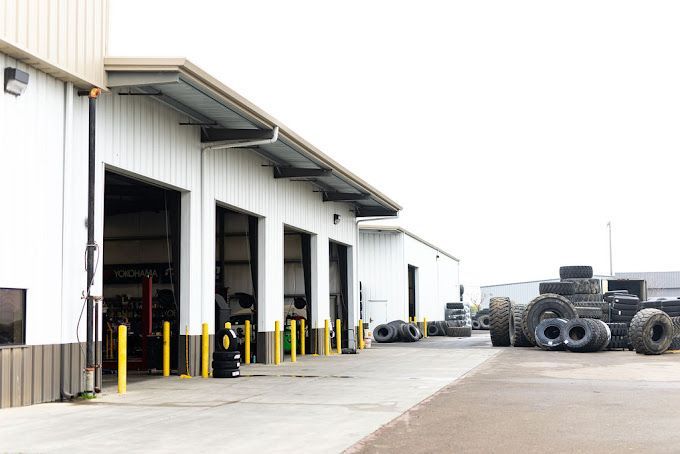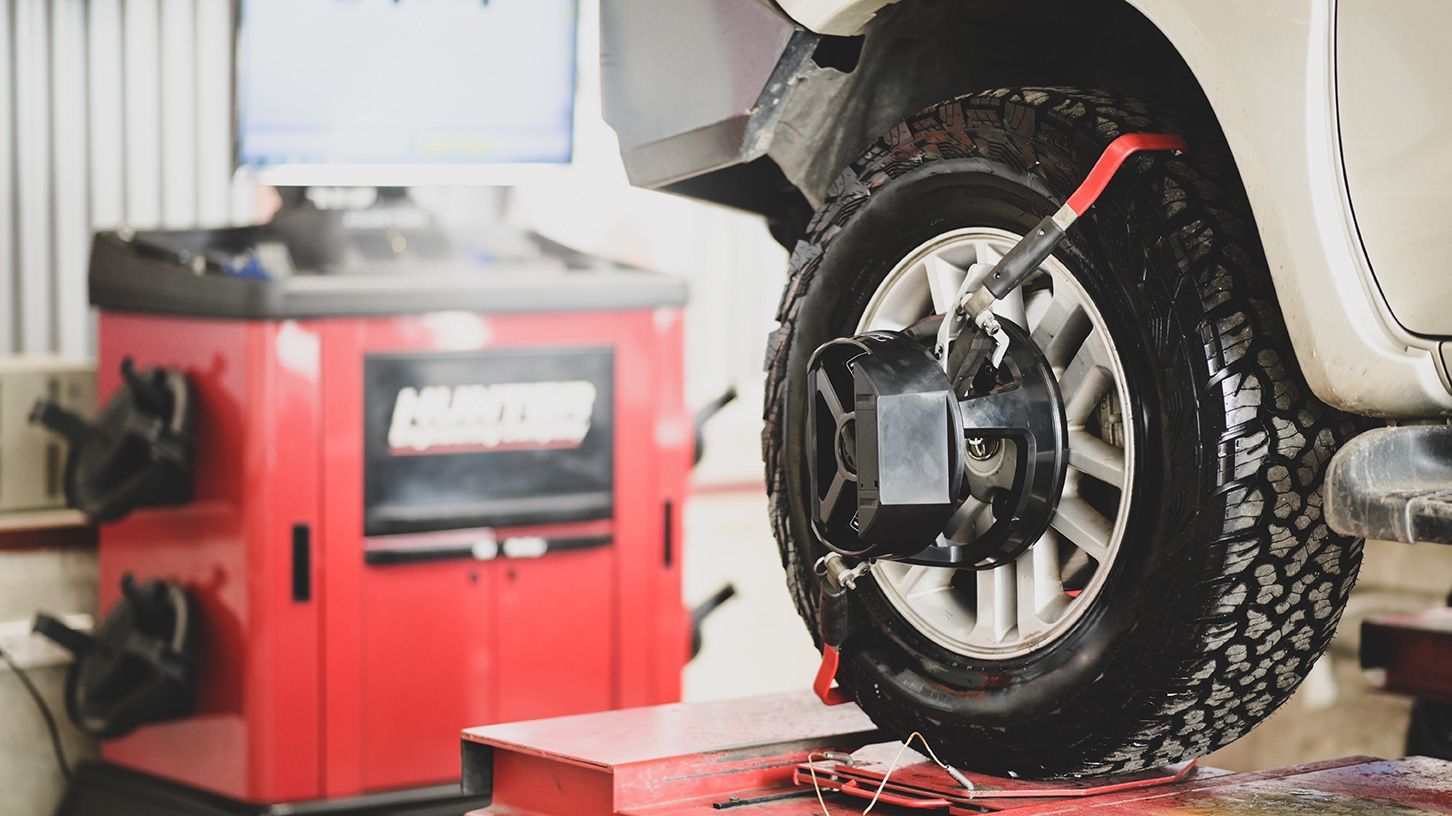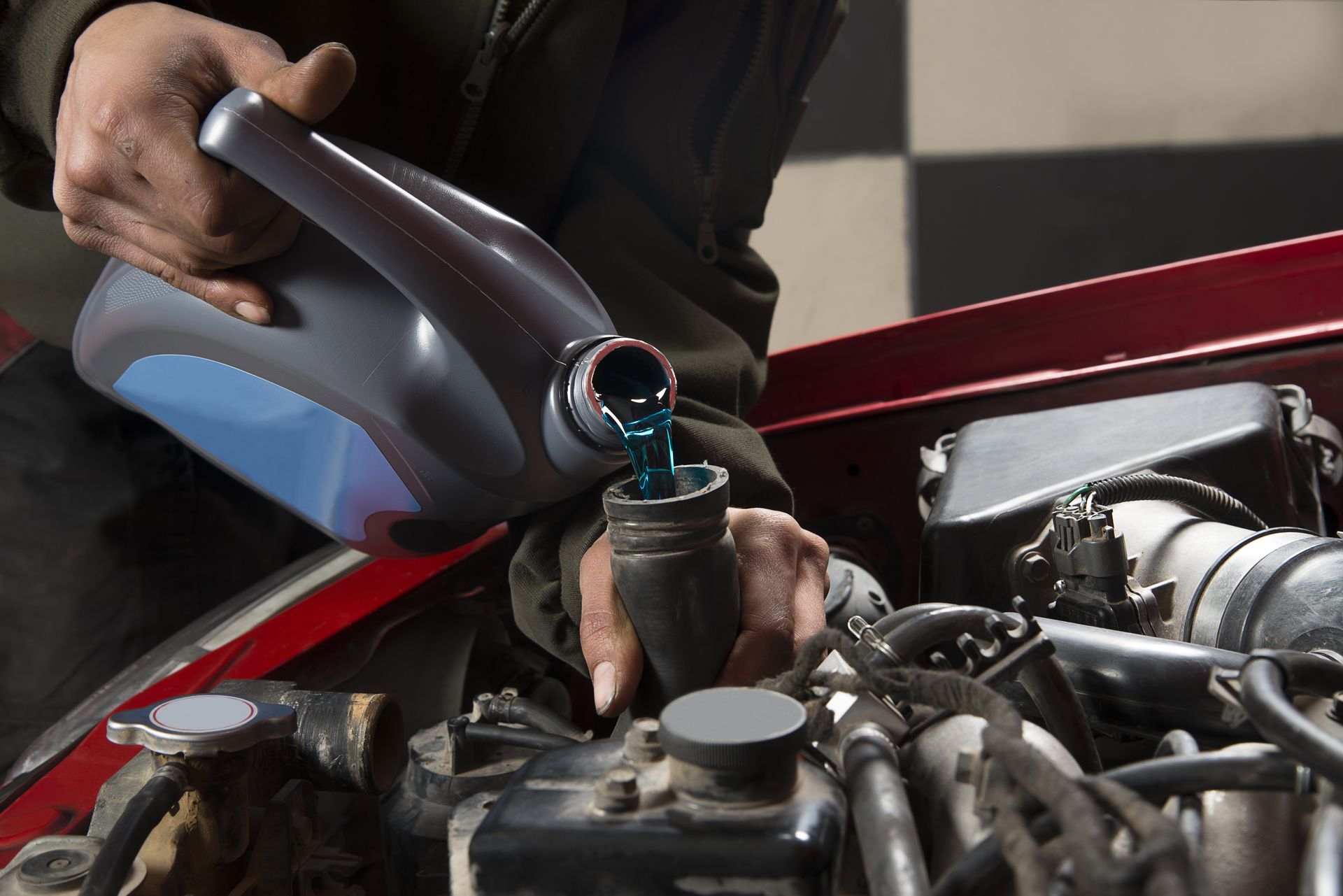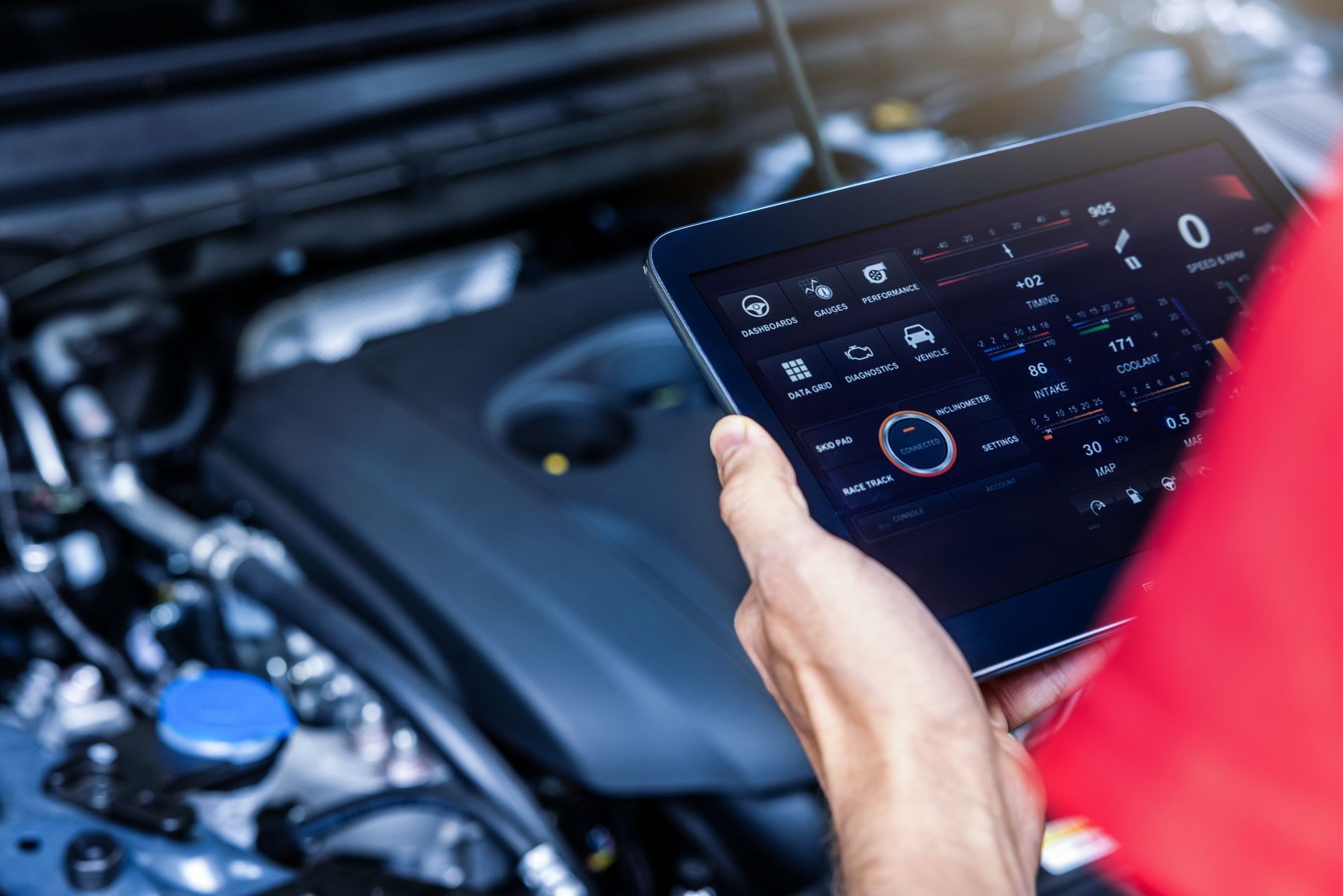How to Inspect Your Tires
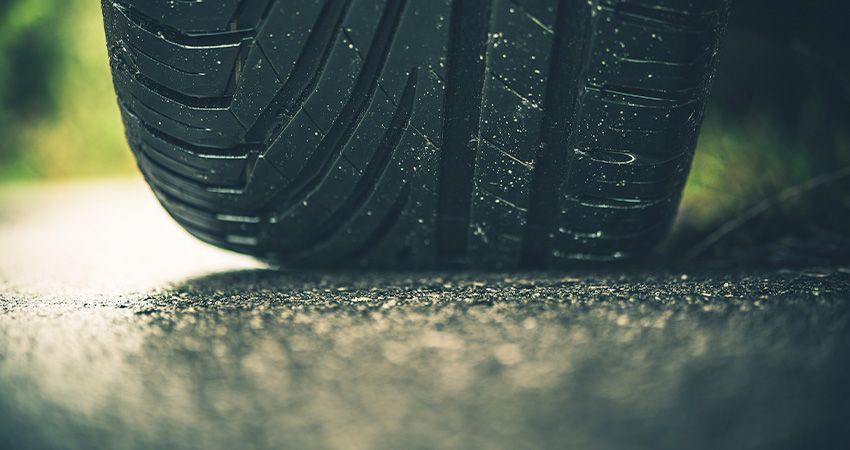
How to Inspect Your Tires
Your car’s tires are a huge part of your driving experience and a crucial component of the safe performance of your vehicle. Tires are the car's connection to the road. They help you to accelerate, brake, and keep your car under control. A good set of tires can make the difference between a safe, smooth ride and a dangerous vehicle on the road. On the other hand, bad tires can wear out the car and reduce gas mileage by requiring more effort to do its job. Faulty tires can also cause other problems with your car. Wheel alignment, suspension, tire balancing, and brakes can all be affected by the condition of your tires.Tire Inspection
Tire failure can be catastrophic. According to recent studies, an estimated 11,000 car crashes per year are caused by tire failure. These accidents were as a result of worn-out tire tread, under-inflated tires, and blowouts. Taking time to properly care for your vehicle with routine tire inspections and car maintenance is important. You should perform a tire inspection at least once a month and more regularly if you live in a colder climate, drive long distances regularly, or drive over bumpy roads.
The Tire Safety Inspection Process
Check Tread Depth
The correct tread depth of your tires makes sure you have enough traction to grip the road. Doing a penny test by placing a penny upside down in your tread is a simple way to test your tread depth. If you can see the top of Lincoln’s head, it may be time for new tires. Worn out tread makes your vehicle unsafe and can also keep it from handling as well as it should. Tread wear indicator bars are also molded into the tires to help you keep track of your tire wear. If the tread wear bar is flush with the ribs of the tire, you need new tires.
Check Tire Pressure
Use a tire pressure gauge to make sure your tires are properly inflated. The ideal pressure for your vehicle’s tires can be found inside the driver’s side door of your vehicle or your vehicle’s owner manual. Maintaining the correct tire pressure keeps you safer on the road. Be sure to check every tire to make sure they are all inflated to the correct PSI. Compare this to your vehicle’s recommended inflation pressure.
Check the Sidewalls
Examine the sidewalls of your tires for bulges, cracking, scrapes, and gouges. Cracking happens when the rubber on your tires begins to degrade from exposure and normal wear. Bulges and cracks could mean that tire failure is imminent, and it’s time to replace your tires.
Wheel alignment, tire rotation, and tire balancing are also important for your tires to be effective. Also, keep an eye on your tires’ age. Your tires can last for up to four to five years. Keeping your tires maintained is not only quick and easy, it keeps you safe and can save you money. Visit our tire shop to assess your tires and ensure your safety and your vehicle's longevity. If your tires are worn or out of commission, so is your car. If your tires show any signs of wear or damage, have them professionally inspected by our technicians to see if you need to have them repaired or replaced.





